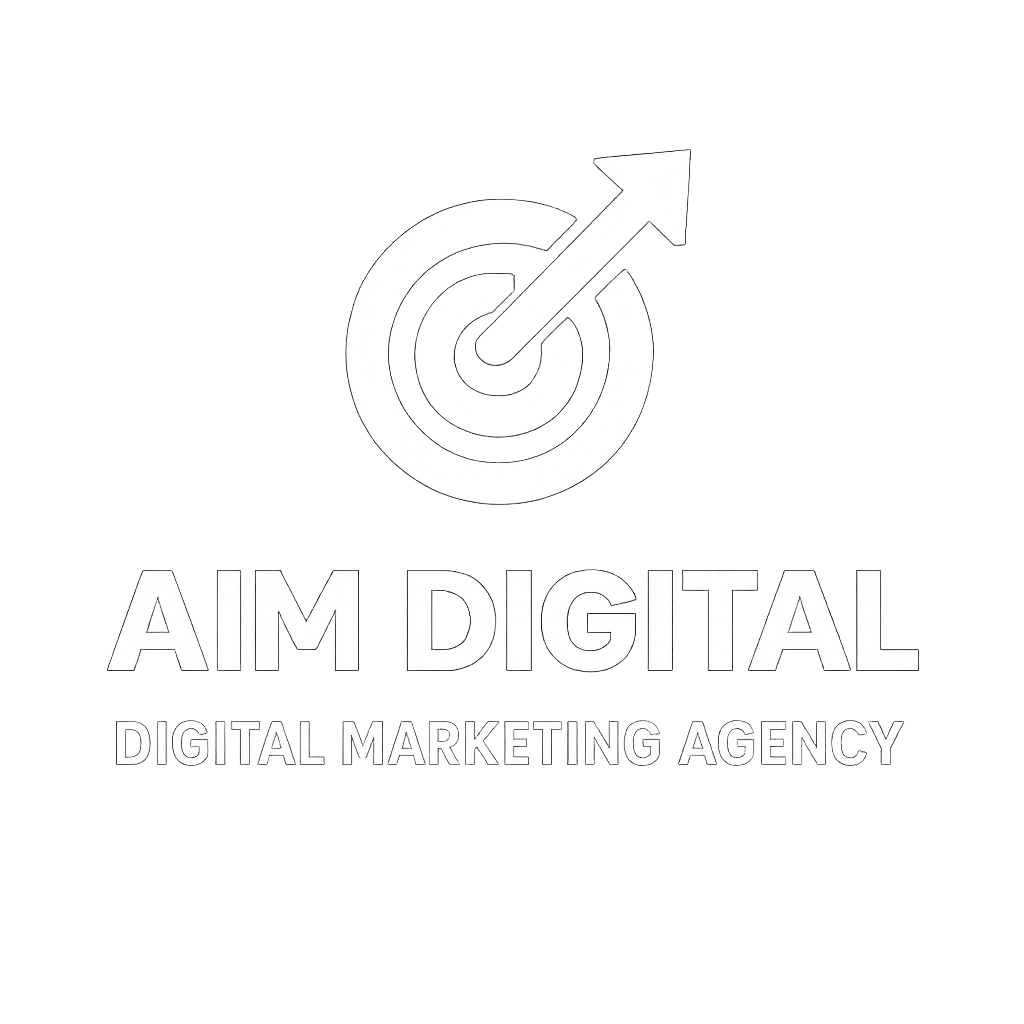Understanding Website Speed Optimisation
Website speed optimization is crucial for providing an excellent user experience and improving your search engine rankings. A fast-loading website not only keeps visitors engaged but also contributes significantly to your conversion rates and overall business success.
Core Web Vitals and Their Importance
Your Core Web Vitals have a key role in the performance of your website. They are a set of metrics that tell you how your speed optimisation is working. They are as follows:
- LCP: Largest Contentful Paint – measures loading performance
- FID: First Input Delay – measures interactivity
- CLS: Cumulative Layout Shift – measures visual stability
These three metrics give you a great insight into your page speed and overall site speed.
Google PageSpeed Insights and Scores
Google PageSpeed Insights is an online tool that measures your online performance. It will also provide you recommendations on speed optimisation.
PageSpeed scores are ranked from 0 to 100. Higher rankings suggest better performance for fast loading websites.
A good PageSpeed score is key for search engine rankings. This will help you rank higher in search results.
The Impact of Load Time on Bounce Rates
A bounce is when someone leaves the site straight away. If a site takes a long time to load, it can mean that users leave before they even see it. You want your visitors to have a nice easy experience on your site.
Optimisation Techniques
Use a Content Delivery Network (CDN) for Faster Loading
A content delivery network is something you can put on your site to boost your page speed. It will distribute your content across multiple servers to help show your site online faster. A CDN platform is included in a lot of web hosting solutions, but a good one can go a long way to achieving speed optimisation.
Minimize Code with Code Minification for Improved Performance
Minifying your code can reduce the size of HTML, CSS and JavaScript files on your site. The less files needed to spin up your web page, the faster it can appear. This is another key part of making your business site run faster.
Optimize CSS Files for Efficient Loading
Your CSS is what styles your site. These resources can get large, and cluttered. To further optimise, you can streamline these files, and remove any dead weight. Any unnecessary ones within your CSS files can be removed. This will mean less resources for your hosting provider to load.
Improving User Experience
Improve User Experience through Website Speed Optimisation
Optimising your site will greatly increase your user experience. A fast website improves engagement, leading to higher conversion rates and more sales. You want to make it as easy as possible for your customers to buy, not slow them down.
Make it fun for your users, make them want to stay on your site. Allow them to focus on what you want them to, rather than frustration at your slow site speed.
Reduce Bounces with Faster Load Times
Faster load times mean less bounces. Fast page speed means people actually visiting your pages. Many people bounce before even getting to the first page, let alone more pages. A slow website can be a killer for your business.
Digital Marketing and Site Speed
The Role of Website Speed in Digital Marketing Strategies
How fast your site runs is a big factor in Search Engine Optimisation. Algorithms factor this in when ranking search results. If you have a slow page speed, you may rank lower than you deserve.
A fast website can improve user experience significantly. People hate to wait. They are much more likely to turn into a conversion if they are passed through quickly. That is why it is an essential part of any marketing strategy.
How A Slow Website Affects Conversion Rates and Sales
If your site is slow, not only do you lose customers from bounces. But a lot of visitors will not make it through your funnels. A fast site with speed optimization ensures that you lose as few customers as possible. There is plenty of research to show that a slow website means less conversion.
Advanced Optimisation Techniques
Optimising Images and Media for Faster Load Times
Image compression and caching can reduce the server resources taken up by your files is another big part of speed optimisation. Loading images efficiently with visual stability can take a lot of the pressure off your hosting.
Server and Hosting Optimisation for Improved Performance
Choosing the right server and hosting is also a key part of boosting website performance and load times. You should consider your server location, reputation, if you have a shared hosting a physical server or a dedicated server, and read reviews. Choosing a reliable web host is key.
Hostinger is now probably the biggest name out there. They also offer VPS hosting. P.S make sure your sites have their SSL certificate.
Database and CMS Optimisation for Efficient Loading
Getting a little more technical here. Database optimisation makes for more efficient loading. Shorter load times mean better website performance.
You can improve the workings of your database by indexing and caching data. This is really something you would want a professional to do.
Measuring and Monitoring Performance
Using Google PageSpeed Insights to Track Performance
Google PageSpeed provides great recommendations for improvement. In any web development cycle it should be factored in. Based of your PageSpeed score you can see how well your website speed optimisation efforts are going.
Monitoring Core Web Vitals for Improved User Experience
Monitor your Core Web Vitals, and how they are improving. These are indicators of user experience, and if you want to optimise your site, you will want these to score as well as possible.
Tracking Conversion Rates and Bounce Rates for Optimisation
Do you know what your conversion rate is? You should. It is great for knowing how well your site is performing. As part of any digital marketing services, you can boost traffic as much as you want, but without conversion it means little. You can rank highly on search engine rankings, but not be making any more business.
Tracking conversion and knowing what works and what doesn’t is key. There are many platforms that exist to help you track and optimise this. At Aim digital, we offer services for conversion optimisation and speed optimisation. Leave us an enquiry online here.
You can track a lot of these data points on Google. Google Analytics is a great tool for any business to be aware what their user traffic looks like. Also to know what their users are up to.
These services will also have a large impact on your search engine optimisation. meaning higher rankings. Google will penalize websites that are slow.
Choosing a Website Speed Optimisation Service
Look for Expertise in Marketing and Website Speed Optimisation
At Aim Digital we provide a website speed optimisation service from a digital marketing angle. Our aim is to make your website run fast for your customers. That is critical to our success in a campaign.
Our speed optimisation service is backed up by results on Google platforms. We will show you how the speed optimization has taken effect. Whether you have a WordPress site, or any other CMS platform, we can optimise your site.
Check for Guaranteed Results and Proven Track Record
Check out the reviews. At Aim Digital, we have been serving the Islington community for 20 years. Our website speed optimisation service guarantees success. We have a proven track record in the industry.






